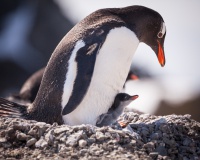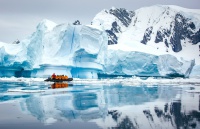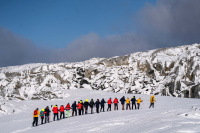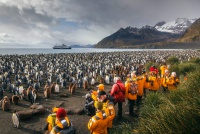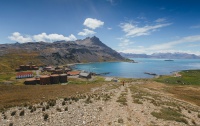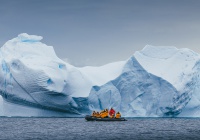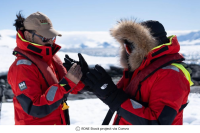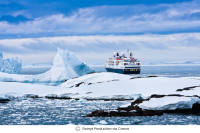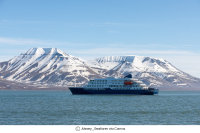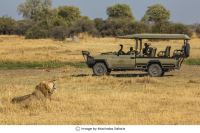-
Antarctic Projects - How They Are Helping Researchers and Scientists for Conservation
Discovered by explorers and then by researchers, this is one destination that people dream of visiting yet only a privileged few get to experience it. With glaciers over 60 million years old and wildlife exclusive to this destination, Antarctica has an ecosystem unlike any other place on the planet and how wouldn’t it be on every traveller’s dream list?!
Research has played a huge role in the discovery of Antarctica and this icy land is surely a critical region for global scientific research. Various projects underway are pivotal in advancing our understanding of the planet’s climate, ecosystems, and conservation needs, many of which unfold in Antarctica. Let’s know more about these projects.
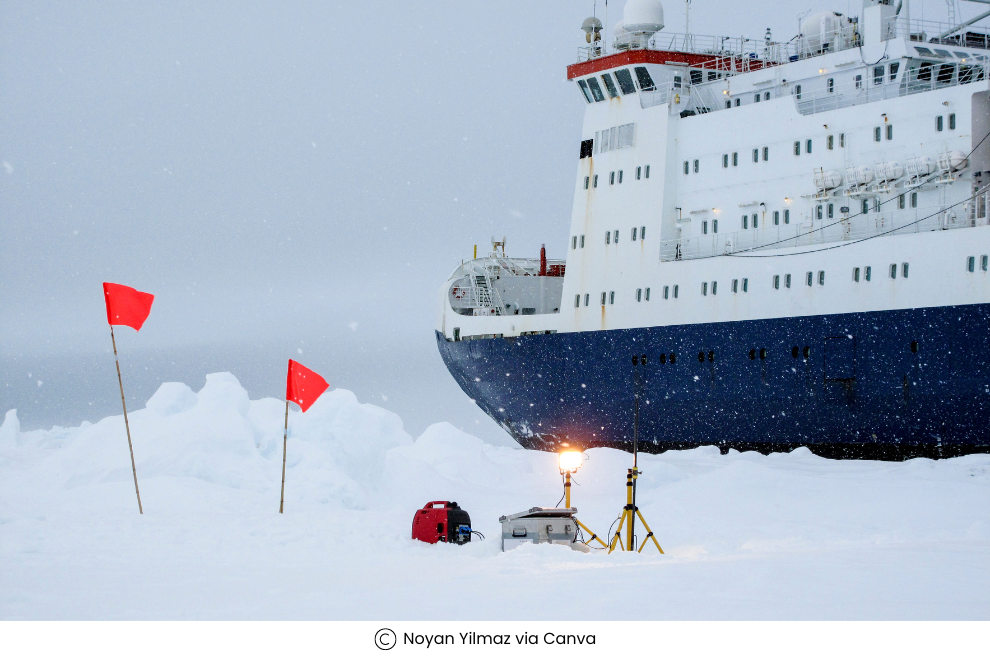
1. Antarctic Seabird Ecology Project (ASEP)
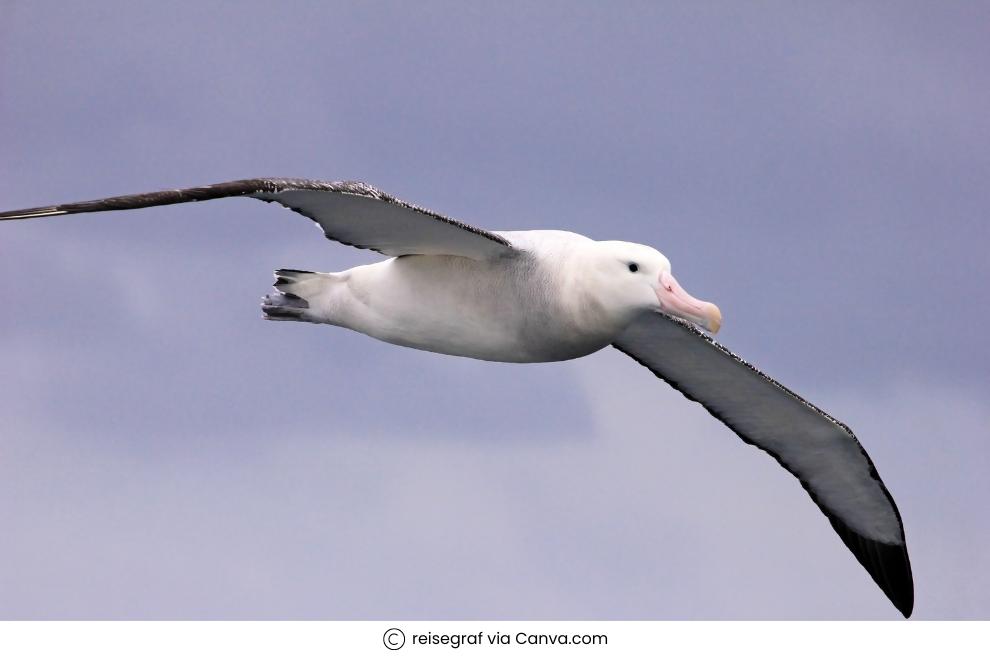
Focus:
As the name suggests, ASEP focuses on studying the ecology and behavior of seabirds in the Antarctic region, including species like albatrosses, petrels, and penguins. They aim to identify how environmental changes impact seabird populations and what can be done to protect these vital species.Conservation Impact:
By monitoring seabird populations, breeding success rates, and foraging behaviors, ASEP helps identify threats such as climate change, pollution, and overfishing. This information is used to implement conservation measures to protect seabird habitats and reduce human-induced impacts.Birds only spotted in Antarctica:
From pintsized rockhoppers to giant emperors, you get to sight 8 species of penguins on this icy land! Also, how can anybody miss witnessing the Albatrosses, the Whalebirds, and a variety of Petrels!2. Antarctic Climate and Ecosystems Cooperative Research Centre (ACE CRC):
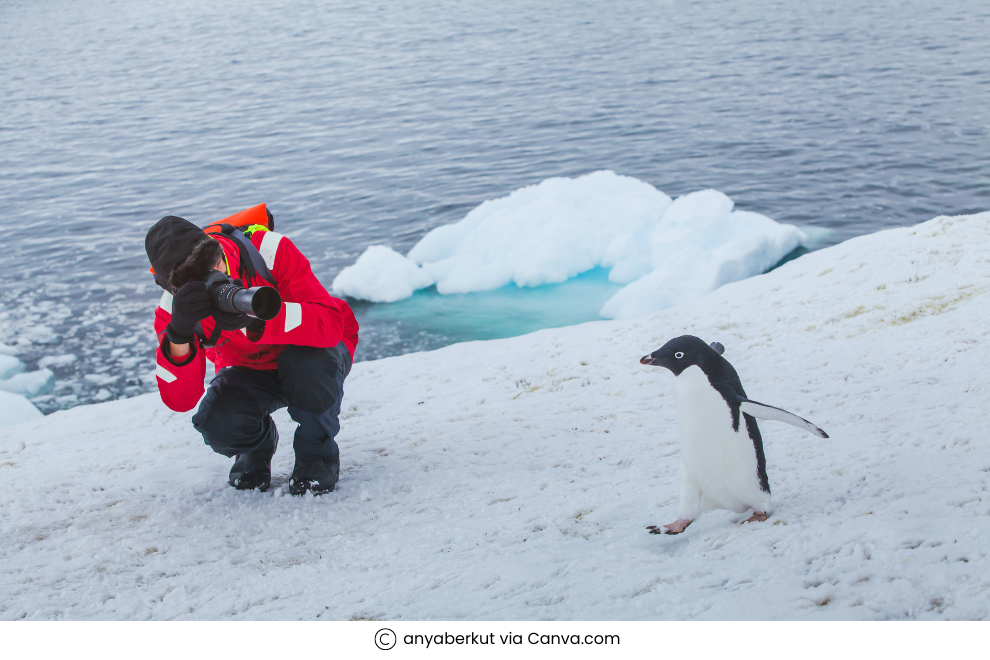
Focus:
Being Australia’s primary vehicle for understanding the role of the Antarctic region on the global climate system, ACE CRC conducts research on climate change impacts on Antarctic ecosystems, including ice shelves, marine life, and terrestrial habitats.Conservation Impact:
ACE CRC has greatly advanced global climate science. Their research on Antarctic ice melt's impact on sea level rise has influenced IPCC reports and policies. They've also improved understanding of the Southern Ocean's carbon sink role, aiding carbon budgeting. ACE CRC's work supports Marine Protected Areas and provides innovative climate models for policymakers.Experience The Oldest glaciers in Antarctica:
The oldest glaciers in Antarctica are found in East Antarctica, particularly in areas like the Queen Maud Land and the East Antarctic Ice Sheet. These glaciers are estimated to be millions of years old, dating back to the early stages of Antarctica's formation.
3. Antarctic Wildlife Research Fund (AWR):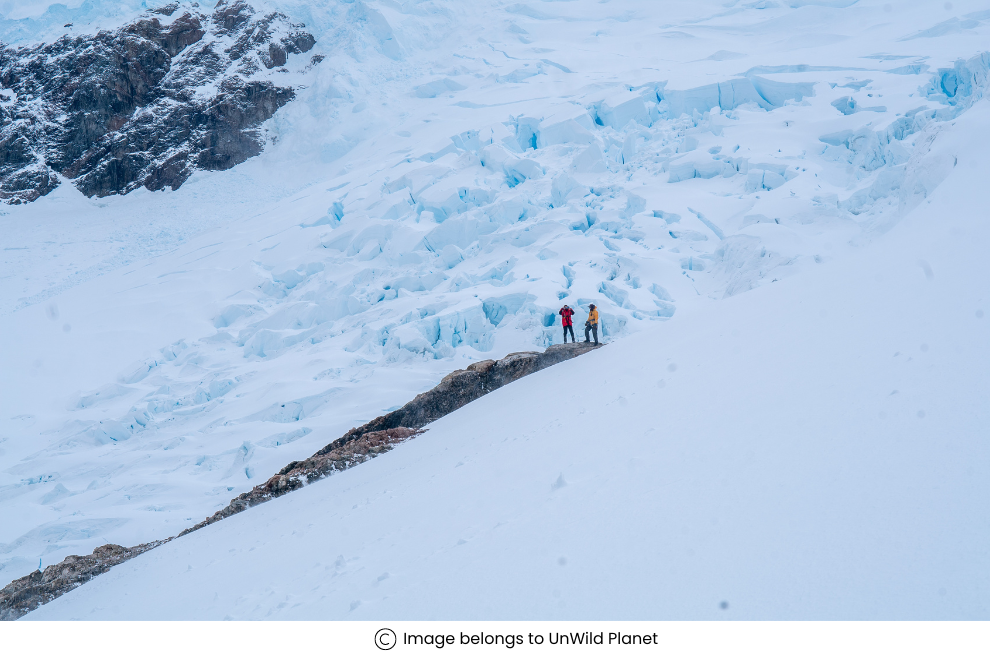
Focus:
The research focuses on analyzing how wildlife utilizes breeding sites, feeding grounds, and migration paths. Moreover, the study assesses human-wildlife interactions, including the impacts of tourism and fishing activities.Conservation Impact:
The fund supports studies that promote sustainable practices like responsible tourism and fisheries to lessen human impact on wildlife. AWR initiatives increase public awareness about Antarctic wildlife conservation, encouraging global dedication to safeguarding this special ecosystem and establishing Marine Protected Areas (MPAs).Wildlife only spotted in Antarctica:
Cruise in and around the Antarctic Peninsula and the Ross Sea to make your adventure more exciting by sighting the Orcas. Not to mention the Leopard Seals and Southern Elephant Seals who would bless your trip to be a memorable one!4. Antarctic Site Inventory (ASI):
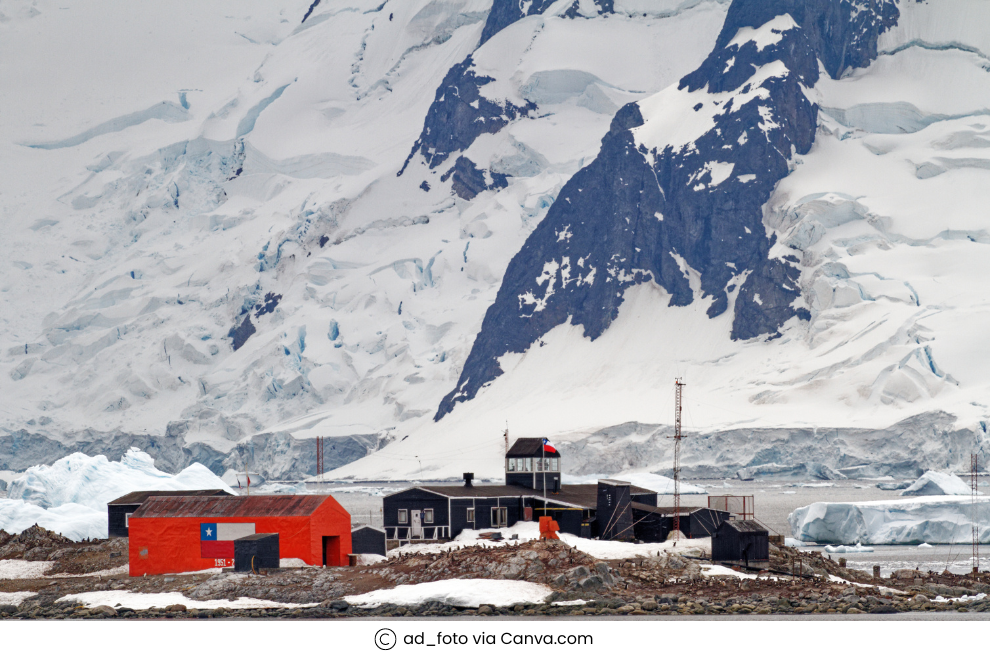
Focus:
Initiated in 1994 and with over 2100 census visits made, ASI is a collaborative effort to inventory and monitor environmental sites of significance in Antarctica, including historic sites, sensitive ecosystems, and areas with cultural importance. Detecting early signs of degradation evaluates human impact from activities such as tourism.Conservation Impact:
Scientists can monitor climate change indicators, such as ice melt and species behavior shifts, thanks to such scientific research! With sustainable tourism practices and minimizing human footprint, such fragile environments can be protected yet allowing people to experience Antarctica responsibly.5. Southern Ocean Observing System (SOOS)
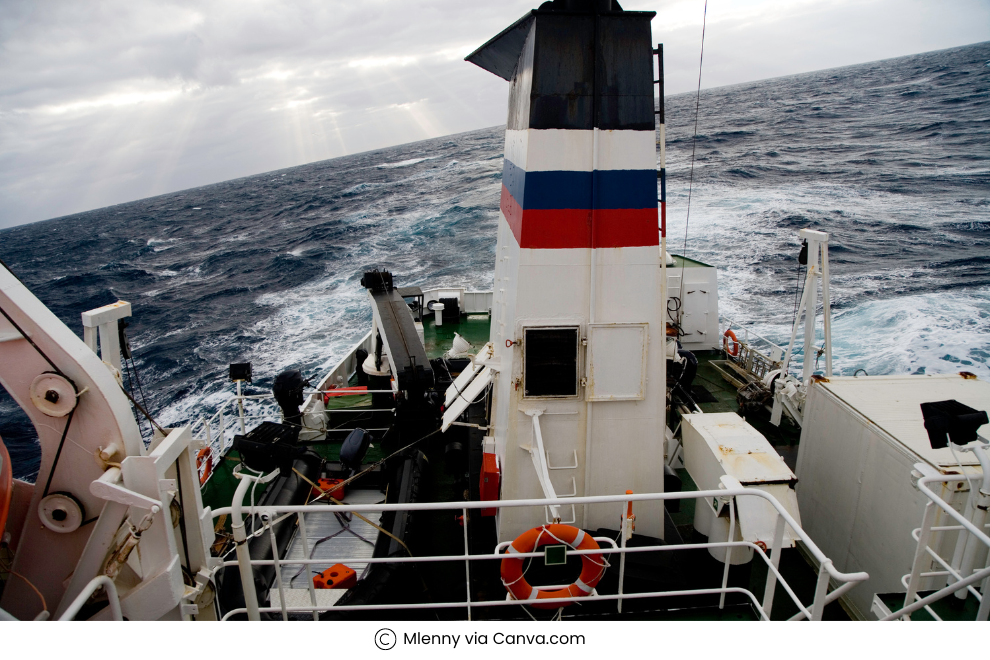
Focus:
The Southern Ocean Observing System (SOOS) concentrates on gathering data about ocean circulation patterns, sea ice dynamics, carbon uptake rates, and biodiversity levels in the Southern Ocean. It employs various monitoring tools, including satellites, research vessels, and autonomous floats, to collect comprehensive and real-time information.Conservation Impact:
SOOS's data from over 100 platforms improves climate models, predicts sea-level rise accurately, and identifies critical feeding areas for Antarctic species. It informs Marine Protected Areas (MPAs) and helps understand the Southern Ocean's role in carbon cycles and climate regulation. SOOS's monitoring of ocean changes guides conservation and sustainable management practices amidst climate challenges.
Cross the most adventurous Drake Passage located in the Southern Ocean:
Taking the Drake Passage to reach Antarctica is your first step to an adventurous journey. With waves coming up to 65 feet high, the Drake Passage has seen the world’s strongest storms, making it an adventure worth experiencing! This narrowest connection between the three major ocean basins (Atlantic, Pacific, and Indian), also offers a perfect opportunity for wildlife-watching!Rethinking Travel To Antarctica:
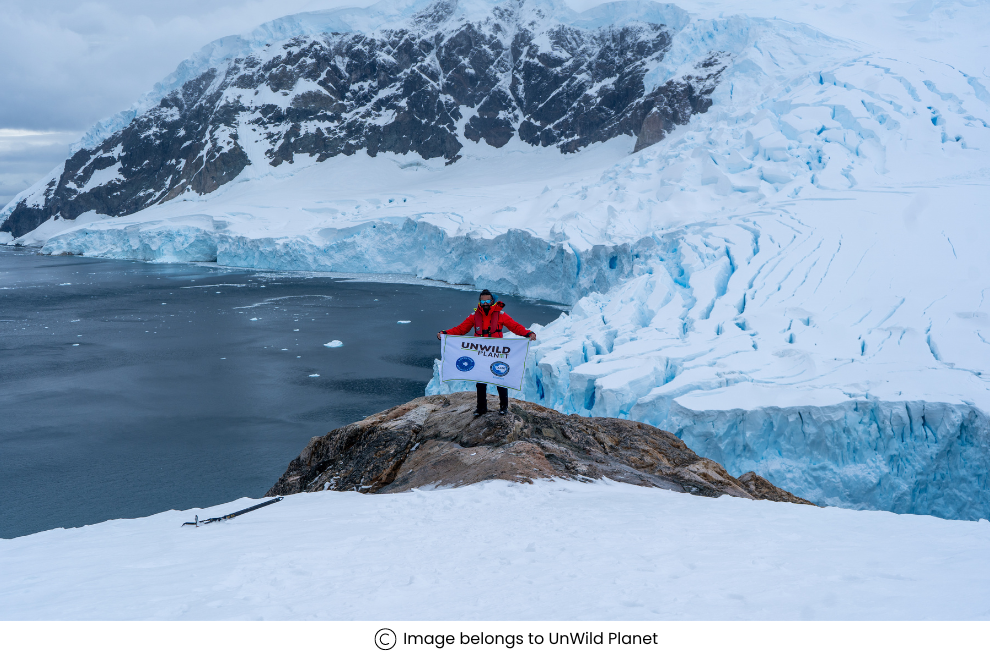
Antarctica is a fragile environment, and is heavily regulated by its member states under the Antarctic Treaty. The International Association of Antarctica Tour Operators (IAATO) overseas visits, promoting safe, responsible, and eco-friendly practices.
Some of the key IAATO guidelines include:
- Educating visitors about Antarctic conservation and minimizing their impact.
- Implementing biosecurity measures to prevent the introduction of non-native species.
- Ensuring tourists do not disturb wildlife and observe from a safe distance.
- Properly managing and removing all waste generated by tourists.
- Obtaining permission and following guidelines when visiting research stations.
As responsible travelers, it is important to be aware of the conservation efforts made with each of our destinations and follow them! As we always say, let’s leave the place as we found it - with no trace!
Ready to embark on your next adventure? Fill out the form below and let our experts curate your dream getaway!
All Fields are mandatory*-
Related Tours
-
Recent Blogs
